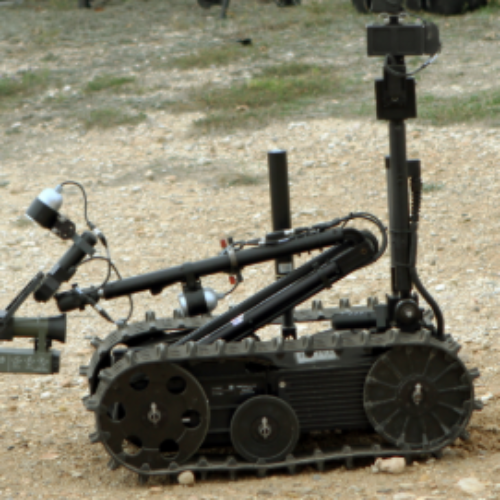Empathic robot?
How to make robots recognize emotions, if they are unable to know what emotion is? Scientists claim they can do it. How? By giving the robots algorithm, which make them able to recognize human emotions by monitoring people’s movements.
How we recognize people emotions? By making interpretation of noticeable body language. For example – researchers showed that boredom levels can be assessed by measuring “non-instrumental” small body movements – in other words, fidgeting. When people are thoroughly absorbed in what they are watching or doing, they tend to fidget less, just by suppressing these tiny involuntary movements.
Dr Harry Witchel, from Brighton and Sussex Medical School, try to develop with his team a way to code machines, so that they can read a human’s boredom by measuring how often they fidget. What for? For example to be able to create a virtual teacher which can spot that you are bored on lesson! According to scientists there’s potential to create online teaching schemes that adapt to students’ level of interest and attempt to re-engage them if they show signs of boredom.
Boredom would be one of the emotions recognized by robots – but the same algorithm could be used to recognize others emotions. So we would be able to have “empathic robots” soon.
You might also like
Robots Undertake More Tasks Than You May Realize
Most people are aware that robots are being used for some of the mundane tasks in factories and warehouses and apart from the concern about human job losses, are happy
Restaurant Where The Chefs Are Robots
Spyce is a new startup restaurant where the chefs are robots. It was created recent MIT graduates Brady Knight, Michael Farid, Luke Schlueter and Kale Rogers. It’s supposedly a fast food
Boston Dynamics Dancing Robot
This year Boston Dynamics have already been standing out substantially in the robot world. With robots all over the world performing tasks like never seen before Boston Dynamics has still



